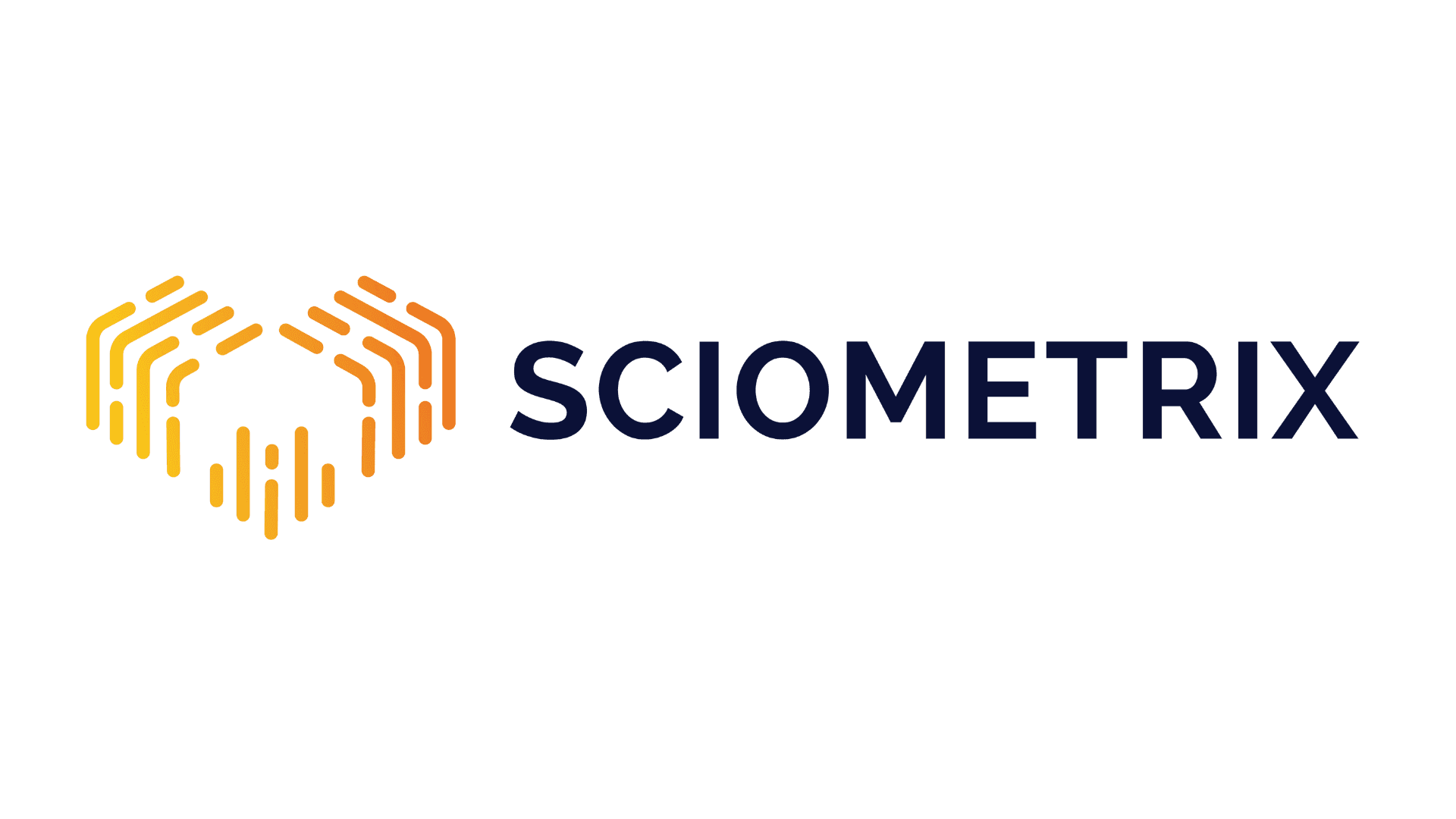Best Practices for Building Digital CKD Care Models in Nephrology
Posted on :
May 30, 2025
Introduction: The Need for a Digital Shift in Nephrology
Chronic Kidney Disease (CKD) affects over 37 million adults in the United States, yet nearly 90% of them are unaware they have it. As kidney disease continues to rise, nephrology practices face mounting pressure to move beyond episodic, clinic-based care and toward outcomes-driven, digital-first care models that address patient needs in real time.
Traditional care models often fall short—especially when managing complex CKD patients with comorbidities like diabetes, hypertension, anemia, and cardiovascular disease. Digital transformation isn’t just a trend; it’s now essential for delivering proactive, value-based nephrology care that improves outcomes and reduces costs.
What Is a Digital Care Model in Nephrology?
A digital care model uses connected health technologies—such as Remote Patient Monitoring (RPM), Chronic Care Management (CCM), and integrated Electronic Health Record (EHR) platforms—to deliver personalized, continuous care to kidney patients outside traditional clinical settings.
This model supports nephrologists in:
Monitoring patients remotely
Identifying deterioration early
Managing medications and lifestyle changes
Reducing hospital readmissions
Enhancing care coordination
CKD and Multimorbidity: Managing Diabetes, Hypertension, and Anemia with Care Management
A major challenge in CKD management is multimorbidity—most patients aren’t dealing with kidney disease alone. They often live with interconnected chronic conditions like: Diabetes – a leading cause of CKD Hypertension – both a cause and result of impaired kidney function Anemia – a common CKD complication due to decreased erythropoietin production
Why It Matters:
When these conditions are poorly managed, they accelerate kidney function decline and increase hospitalization risk. Yet in many care models, management is siloed.
How Digital Care Models Help:
[A] Coordinated Medication Management
Digital platforms track prescriptions across conditions to prevent harmful drug interactions—like ACE inhibitors with diuretics or ESA use in anemia.
[B] Continuous Glucose and Blood Pressure Monitoring
With RPM, nephrologists can view daily glucose and BP readings—vital for catching trends early in diabetic or hypertensive nephropathy.
[C] Targeted Interventions by RN-led Teams
Care managers can intervene in real time—adjusting diet, prompting visits, or addressing symptoms like fatigue or hypotension.
[D] Integrated Clinical Protocols
Best-in-class platforms include evidence-based protocols for managing all three conditions together, rather than in isolation.

Key Components of an Effective Digital Kidney Care Model
1. Stage-Specific, Personalized CKD Care Plans
Tailored interventions by CKD stage help manage blood pressure, glucose levels, and renal-friendly nutrition, while preparing patients for dialysis or transplant in later stages. Personalized care ensures timely support throughout disease progression.
2. Remote Patient Monitoring for Kidney Health
Continuous tracking of vitals like blood pressure, weight, heart rate, and glucose enables early detection of complications. RPM empowers care teams to act proactively and reduce avoidable hospitalizations.
3. Digital Medication Management and Adherence
Smart tools deliver automated reminders, safety alerts, and adherence tracking to minimize errors and promote consistent medication use. This supports better disease control and slows CKD progression.
4. Integrated and Interoperable CKD Systems
Seamless data sharing across nephrologists, PCPs, labs, dialysis centers, and pharmacies enables coordinated, patient-centered care. Interoperability reduces fragmentation and enhances decision-making.
5. Patient Education and Engagement Tools
Educational content and resources improve CKD awareness and empower patients to actively manage their condition. Better engagement leads to stronger adherence and improved long-term outcomes.
6. Predictive Risk Stratification for CKD
Our analytics identify high-risk patients early, allowing care teams to intervene before deterioration occurs. This enables targeted, efficient care delivery and reduces adverse events.

How Sciometrix Supports Nephrologists with a Digital-First Care Model
At Sciometrix, we specialize in enabling nephrology practices to deliver proactive, scalable, and value-based care through our integrated care management platform.
Here’s how we help:
✅ Remote Patient Monitoring for CKD
We track vital signs like blood pressure, blood sugar, and weight in real time to detect fluid overload, hypertension, and hyperglycemia early.
✅ Seamless Interoperability
We reduce EHR burden by integrating with existing systems—ensuring lab results, vitals, and communication are centralized and accessible across the care team.
✅ Multimorbidity Management
Our RN-led teams help coordinate care for diabetes, hypertension, and anemia—alerting physicians to critical changes and ensuring medications and labs are kept on track.
✅ Multilingual 24/7 Patient Support
Our RNs engage patients in their preferred language, improving adherence and reducing care gaps—especially in high-risk, underserved populations.
✅ Actionable Dashboards
Clinicians access risk scores, vitals, care plan adherence, and trends, making intervention faster and more effective.
Conclusion: Lead the Future of Nephrology with Digital Care
Multimorbidity and late-stage intervention are driving up the cost and complexity of kidney care. A digital-first care model gives nephrologists the tools to deliver smarter, earlier, and more effective interventions—especially for patients with diabetes, hypertension, and anemia.
Sciometrix empowers nephrology practices to take control of this challenge—providing the clinical infrastructure, care teams, and technology to transform outcomes, reduce costs, and improve lives.







